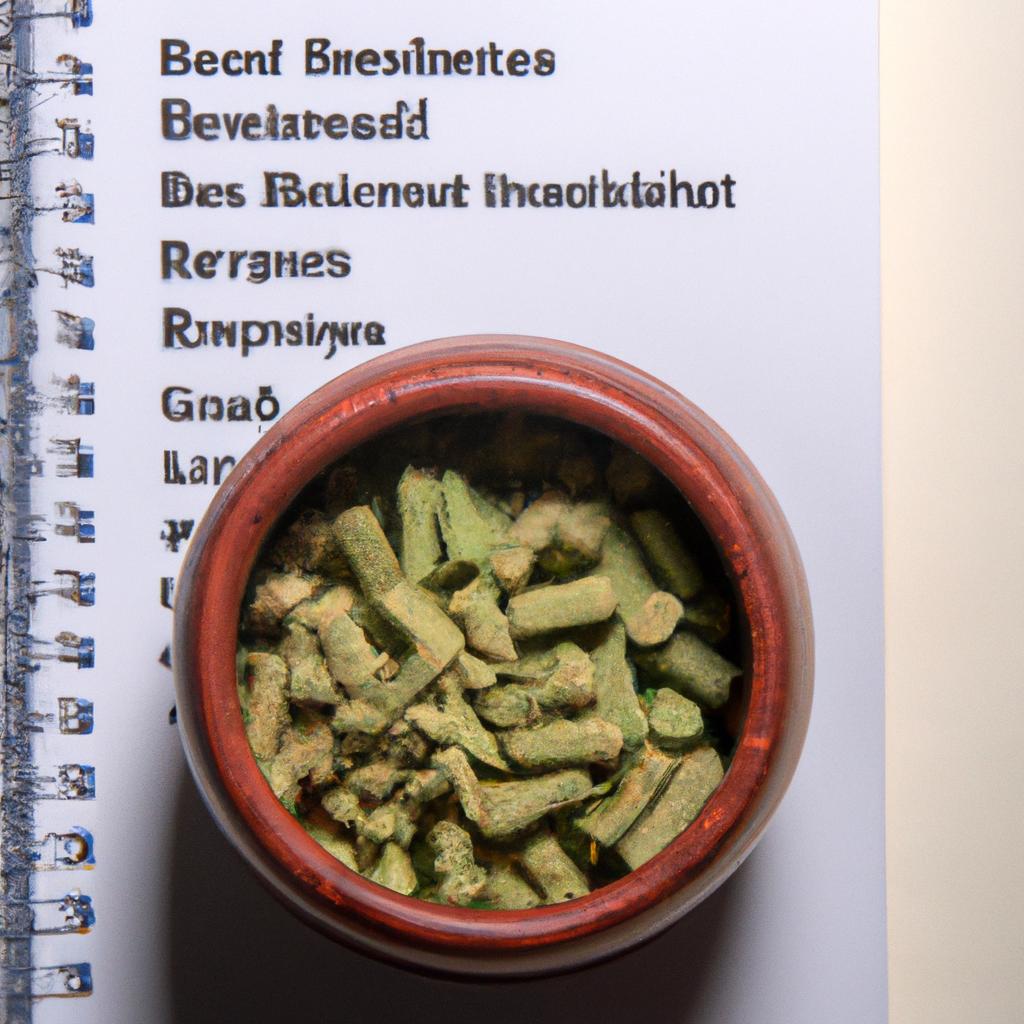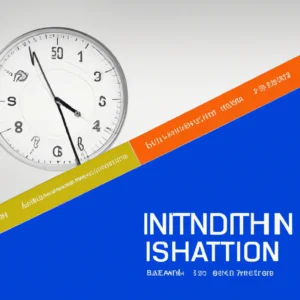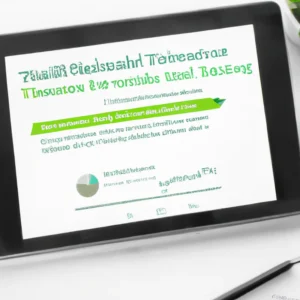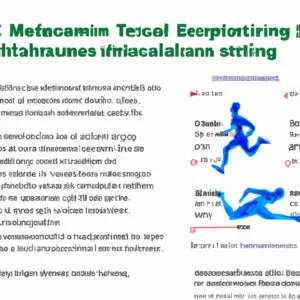**”Exploring the Nutritional Benefits of Moringa and Baobab: A Comparative Analysis of Their Roles in Enhancing Athletic Performance and Recovery”**
# Exploring the Nutritional Benefits of Moringa and Baobab: A Comparative Analysis of Their Roles in Enhancing Athletic Performance and Recovery
In the world of sports nutrition, the quest for optimal performance and recovery has led athletes and fitness enthusiasts to seek out superfoods that can provide an edge. Among these nutritional powerhouses are moringa and baobab, two plants with roots in traditional medicine and culinary practices. As athletes look for ways to enhance their performance and accelerate recovery, understanding the benefits of these superfoods can be invaluable. This blog post will delve into the nutritional profiles of moringa and baobab, comparing their roles in athletic performance and recovery.
## Moringa: The Miracle Tree
### Nutritional Profile
Moringa oleifera, often referred to as the “miracle tree,” is native to South Asia but is now cultivated in various tropical and subtropical regions. Its leaves, pods, and seeds are packed with nutrients:
– **Vitamins**: Moringa is rich in vitamins A, C, and E, which are crucial for immune function and skin health.
– **Minerals**: It provides a good source of calcium, potassium, and iron, essential for muscle function and overall health.
– **Protein**: Moringa contains all nine essential amino acids, making it a complete protein source.
– **Antioxidants**: It boasts high levels of antioxidants, including quercetin and chlorogenic acid, which help combat oxidative stress.
### Health Benefits for Athletes
Moringa’s nutrient density supports several aspects of athletic performance:
1. **Energy Boost**: The high levels of vitamins and minerals can enhance energy levels, supporting endurance during workouts.
2. **Muscle Recovery**: Its anti-inflammatory properties can reduce muscle soreness post-exercise, aiding in faster recovery.
3. **Hydration**: Moringa leaves are about 80% water, contributing to hydration, which is vital for optimal performance.
## Baobab: Nature’s Powerhouse
### Nutritional Profile
The baobab tree, native to Africa, is known for its nutrient-rich fruit, which is often dried and powdered for consumption. Its nutritional highlights include:
– **Vitamin C**: Baobab contains six times more vitamin C than an orange, playing a key role in immune health and collagen production.
– **Fiber**: Rich in soluble fiber, baobab aids digestion and helps maintain steady energy levels.
– **Antioxidants**: It is packed with antioxidants that protect cells from oxidative damage, crucial for athletes undergoing intense training.
### Health Benefits for Athletes
Baobab offers unique advantages for those engaged in physical activities:
1. **Immune Support**: The high vitamin C content strengthens the immune system, reducing the likelihood of illness that can interrupt training.
2. **Enhanced Energy Levels**: The fiber in baobab helps regulate blood sugar levels, providing sustained energy during workouts.
3. **Digestive Health**: A healthy gut is essential for nutrient absorption, and baobab’s fiber content supports digestive health.
## Nutrition Tips for Athletes
Incorporating moringa and baobab into your diet can be simple and effective. Here are some nutrition tips to maximize their benefits:
– **Smoothies**: Add moringa powder or baobab powder to your morning smoothie for an antioxidant boost.
– **Post-Workout Snacks**: Mix baobab powder into yogurt or oatmeal for a recovery snack rich in fiber and vitamin C.
– **Salads and Soups**: Sprinkle moringa leaves or powder onto salads or blend into soups for added nutrition.
– **Energy Bars**: Homemade energy bars with moringa and baobab can serve as a nutritious snack before or after workouts.
## Exercise Advice
To complement the nutritional benefits of moringa and baobab, consider the following exercise tips:
1. **Balanced Training**: Incorporate a mix of strength training and cardiovascular exercises to improve overall fitness and performance.
2. **Hydration**: Stay adequately hydrated, especially when consuming nutrient-dense foods like moringa, which can support hydration.
3. **Rest and Recovery**: Allow time for rest and recovery to maximize the benefits of your nutrition and training efforts. Active recovery days can include light activities like walking or yoga.
## Conclusion
Moringa and baobab both offer impressive nutritional benefits that can enhance athletic performance and recovery. Moringa’s rich profile of vitamins, minerals, and antioxidants supports energy levels and muscle recovery, while baobab’s high vitamin C content and fiber enhance immune function and digestion. By incorporating these superfoods into a balanced diet, athletes can harness their unique properties to optimize performance.
In the pursuit of athletic excellence, the integration of traditional superfoods like moringa and baobab into modern nutrition strategies may provide the edge that athletes are looking for. As always, it’s essential to tailor your nutrition and exercise regimen to your individual needs and goals, ensuring a holistic approach to health and performance. Embrace the power of nature’s bounty, and watch your athletic journey flourish.















Post Comment